
- Indian Economy Tutorial
- Indian Economy - Home
- Indian Economy - Introduction
- Indian Economy - Planning
- Indian Economy - Sectors
- Indian Economy - Demography
- Indian Economy - People As Resource
- Indian Economy - National Income
- Indian Economy - Poverty
- Indian Economy - Food Security
- Indian Economy - Employment
- Indian Economy - Infrastructure
- Indian Economy - Rural Development
- Indian Economy - Money & Banking
- Economy - Government Budget
- Indian Economy - Consumer Rights
- Indian Economy - Reforms
- Indian Economy - Open
- Indian Economy - Micro Economics
- Indian Economy - Macro Economics
- Economy - Sustainable Development
- Indian Economy Useful Resources
- Indian Economy - Online Quiz
- Indian Economy - Online Test
- Indian Economy - Quick Guide
- Indian Economy- Useful Resources
- Indian Economy - Discussion
Indian Economy - Sectors
Introduction
Economy is normally categorized into three sectors namely −
- Primary Sector
- Secondary Sector
- Tertiary Sector
Primary Sector
Primary Sector is directly dependent on environment for manufacture and production. For example, agriculture, mining, farming etc.
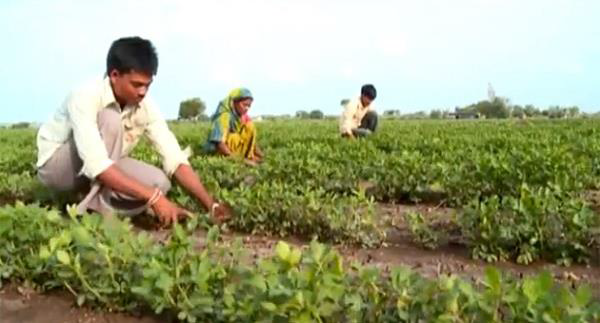
Secondary Sector
Secondary Sector adds value to the produ by transforming raw materials into valuable products. For example, processing and construction industries.
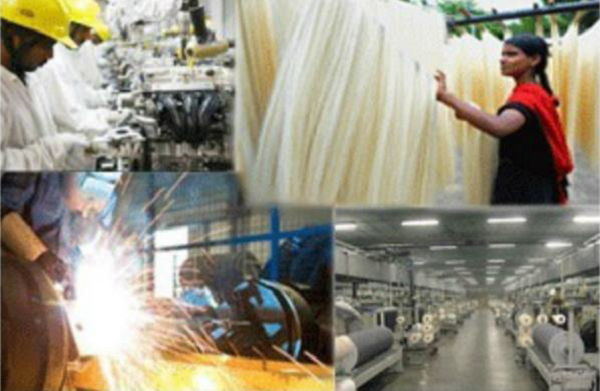
Tertiary Sector
Tertiary Sector is involved in production and exchange of services. For example, transportation, communication, and other services of such kind.
Tertiary Sector is also known as Services Sector as it facilitates the production and exchanges of services.
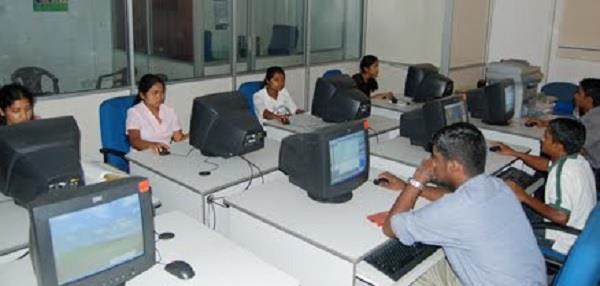
Measurement of Economy
Gross Domestic Product (GDP) is the value of all goods and services produced by all the three sectors over a period of time.
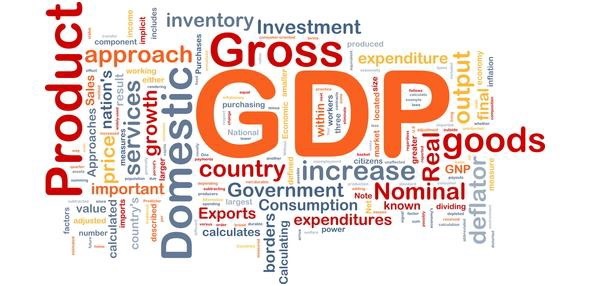
The majority of workers employed in a particular sector illustrate the economic and technological advancement of the country. For example, if the majority of the people of a country is employed in a primary sector or secondary sector, it means, this country is at a developing stage; whereas, if most of the people are employed in the tertiary sector, it means the country is at a developed stage. Considering this statement we can say that India is a developing country.
India started its growth from the primary sector and over a period of time gradually developed itself in the other sectors too.
The tertiary sector contributes the most to the GDP of our country.
The primary sector still has a large portion of India’s population occupied in it.
Workers in the primary sector remain unemployed for most of the time in a year; hence, if some of these workers are transferred from the primary sector to other sector, there would be no change in the total production of the primary. This type of unemployment is known as disguised unemployment.
The problems of disguised unemployment can be mitigated by improving the level of transport and communication in the rural areas. This will help the people living in these parts to commute from place to another for employment reasons.
We need to promote alternative sources of income such as small scale industries. These industries generate employment opportunities for many who are under employed or totally unemployed.
As per the government’s policy known as National Rural Employment Guarantee Act 2005 (NREGA 2005), all people who are able to, and are in need of work will be given guaranteed 100 days’ employment in a year.
Organized Sector
The sector that is permanently established and offers permanent jobs is known as Organized Sector.
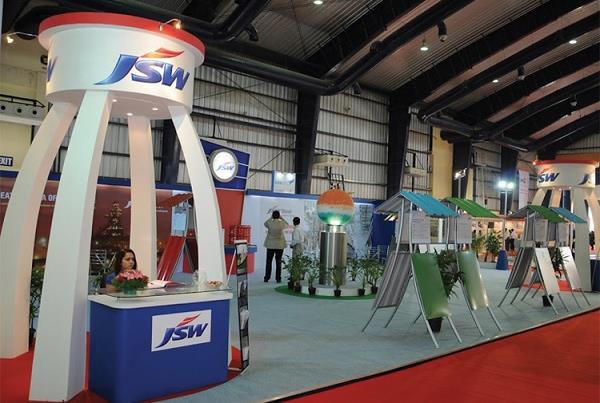
Employees of organized sector work for fixed number of hours in a day. If any employee works beyond the fixed number of hours, then he/she will be paid for the overtime.
Besides, employees of the organized sector have many advantages such as paid leave, weekly off (paid), festival holiday (paid leave), provident fund, gratuity, and some other perks and incentives.
Unorganized Sector
Unorganized Sector consists of all unincorporated private enterprises owned by individuals or households engaged in the sale or production of goods and services operated on a proprietary or partnership basis and with less than ten total workers. The employees here are not guaranteed of any advantages as in the organized sector and there is no concept of overtime payment. Disadvantages like low wages and job insecurity prevail here.
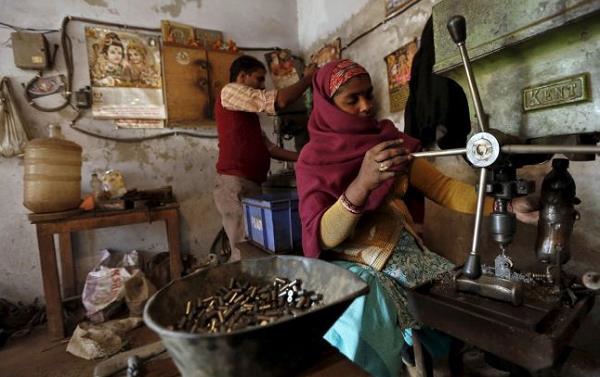
Because of faulty and weak government’s policies and corruption, employees of unorganized sectors are facing exploitation in the hands of their employers.
There are many organized sectors that (to evade the tax) manufacture their goods and services by informal means and for that force their employees to work for extra hours or work in unorganized sector. As these workers are largely illiterate and poor; hence, they don’t have any other option.
Government needs to make protective laws and take sincere action to protect the rights of these vulnerable workers.
In addition to the above discussed points, the government could also play a significant role in areas such as −
Children’s education.
Providing employment to poor people.
Giving subsidies to the people living below the poverty line.
Providing basic medical facilities, drinking water, and other sanitation facilities.